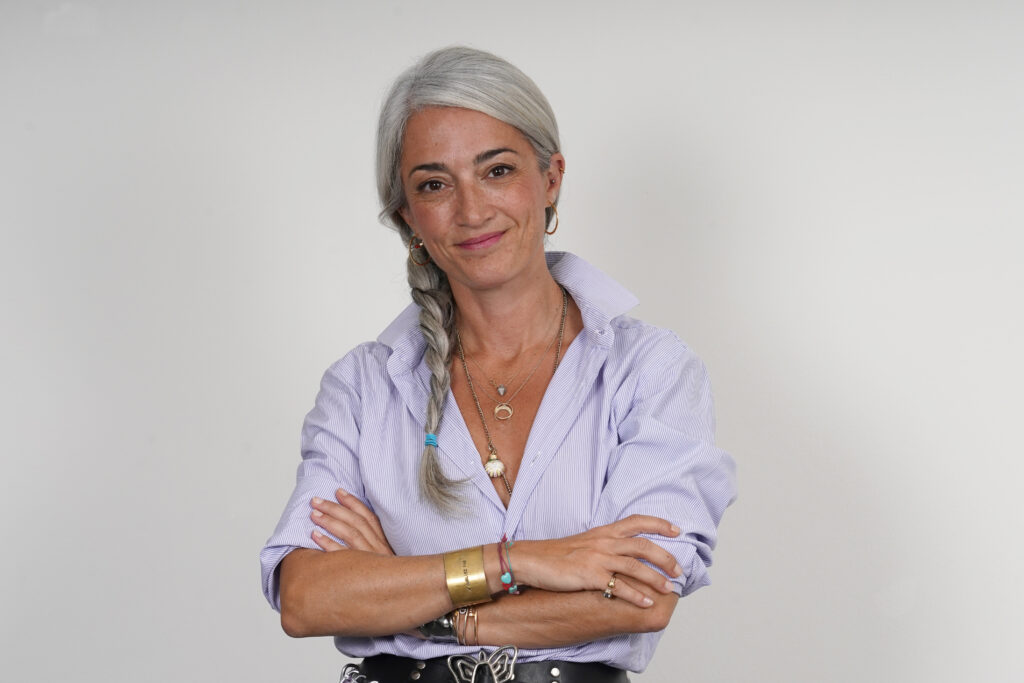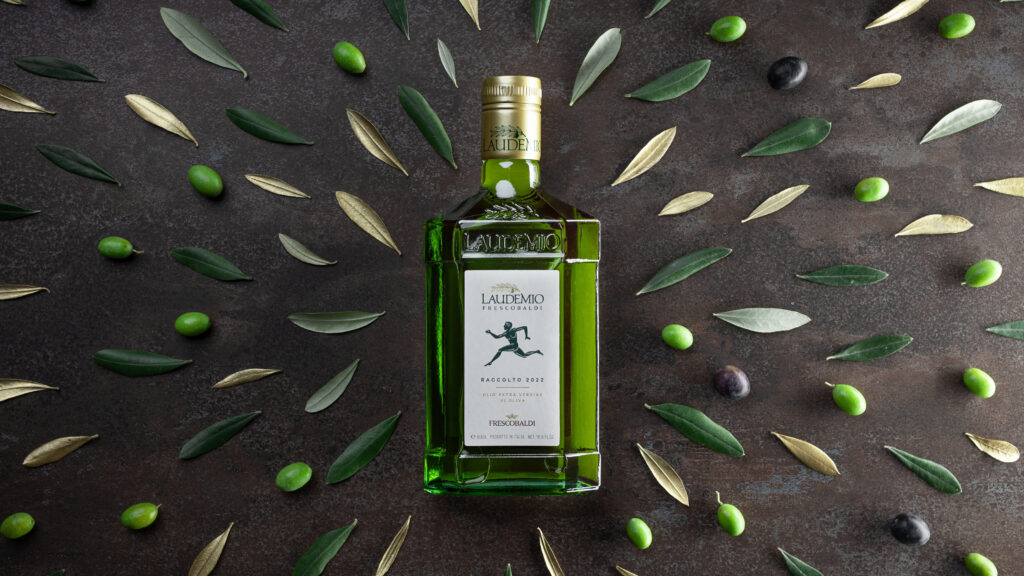Q&A with Matteo Frescobaldi– Marketing manager, Laudemio Frescobaldi

Q&A with Matteo Frescobaldi– Marketing manager, Laudemio Frescobaldi
Regarding the food industry, how do you see it evolving from the point of view of consumers?
In the mass market, some of the main drivers are changing. The category and prices are losing importance in driving consumer choices. Now, consumers want artisanship and local products. Our value in the wine sector could be transferred to the pasta and oil categories, as we offer a local product. For example, Barilla applies this concept of local as they claim their product to be 100% Italian. We wouldn’t say 100% Italian, but rather we would go to a further level of detail by specifying in which farm, region and wheat was used. Other drivers that are relevant today are health and quality (from a sustainable point of view, bio products, locally farmed…). We have chosen to harvest only wheat with low gluten levels, which are healthier and have more nutritional properties.
How is your relationship with the end-user and how do you transmit your “Made in Italy” story?
Generally, we sell to retail stores and to restaurants. While when we sell abroad, there is one more player: the importer, who then sells to restaurants and distributors. This makes it more important to communicate efficiently, as our message risks being diluted in all these transactions. Through our intermediaries, we try to inform distributors and restaurants in the hope that our story is then told to the end consumer.
Obviously, if someone goes to the supermarket, they will buy everything they need; rather, those who go in gourmet stores have a specific reason.

Surprise and astonishment. I want the client to be surprised, because to buy the product recurrently, they need to be astonished when they try it.
What are your business ambitions and targets?
Our objective from one side is to growth with Laudemio. There is a positive trend where “premiumness” is making us more accessible. From 2018 onwards, we have tripled, and I think we can repeat this in the next 5 years. The pasta product was launched as we wanted to offer these types of products in order to grow, but maintain our promise of a local and quality product. Don’t do anything private label, but rather educate the consumer about regional specialties. We can continue to grow in an organic matter by buying land/soil, while inorganically we can grow by acquiring brands that share our values, but are present in other territories.
Consumers increasingly expect to be engaged and involved. How are you meeting this expectation?
If we could take our consumer to a coffee plantation, they’d be extremely happy. They want to know about the origins of their serve.
With the help of tech, you can do a lot to deliver against some key trends: 1) consumers want to learn more and 2) there’s a spectrum of experiences that can take consumers inside the company.
It’s not necessarily new, but they value getting into the company and understanding how the product is made. Our consumers are always inspired and want to learn more when they visit our Trieste plant.

Are there are actors internally or externally to the industry who are taking interesting steps and could possibly become a reference point for the sector?
For us, to have a product that communicates by itself and that has a strong brand identity is a very positive aspect. This for large brands is crucial, while for smaller producers, visibility is the most important thing. In the pasta segment, I don’t know anyone who produces their wheat except Azienda Mancini, which has built the first “Pastificio agricolo,” making them a first mover. Regarding gourmet, Frantoio Muraglia produces ceramic bottles in which they sell their oil. This is not necessarily what we would like to do, but it is an interesting approach to the product’s presentation and packaging.
